Adoption of renewable energy in the country has grown rapidly in the last few years. India now has 50 % of its installed capacity from non-conventional resources, one of the targets set under Nationally Determined Contributions (NDCs) in the Paris Agreement. The transition towards a sustainable future powered by renewable energy sources can be observed in Figure 1 with very little addition of fossil fuel based power plants to the grid.
Fig 1 Source-wise electricity installed capacity trends in GW (as on 30 June 2025) | NITI Aayog
In spite of installing renewable based power plants, 75% of the electricity is still generated from thermal power plants. There are certain challenges associated with generating electricity from renewable sources despite its sustainable and eco-friendly credentials. The availability of renewable resources is intermittent in nature. The production of electricity from these plants is not reliable as they depend on the availability of sunshine, wind, and water flow. Hence, power injection to the grid is not continuous. In other words, the output from the renewable based power plant is uncontrollable which results in the instability of the grid. The supply is inherently variable and often misaligned with demand patterns.
Energy Storage Systems
Energy Storage Systems (ESS) form a key solution to this problem. Energy storage has been an integral part of power generation, transmission, and distribution systems and is not a new concept. Conventionally, energy storage requirements have been satisfied through the physical storage of fuel for fossil-fueled power plants, by keeping some capacity in reserve.
Energy storage systems address the limitation imposed by the intermittent nature of renewable energy (RE) systems. It ensures the stability of the electrical grid even with the increase of RE system contributions into the grid. Based on the storage technology energy storage system is classified into (i) Chemical (ii) Mechanical (iii) Thermal (iv) Electrochemical (v) Magnetic.
Fig 2 Classification of Energy Storage System | ACSPublications
During the availability of renewable resources, energy is stored in any of the above forms. When there is a high demand or in the absence of the renewable resource, energy is extracted from the storage system to meet the energy demand. Energy storage systems introduce many advantages such as a) reducing the gap between energy supply and demand, b) power quality improvement, c) smoothening the renewable resource’s intermittency and d) shifting of the load from peak to off-peak hours in a day.
Fig 3 Storage capacity and storage duration for various types of ESS | ScienceDirect
Battery Energy Storage Systems (BESS)
Of the above mentioned energy storage technology, Battery Energy Storage Systems (BESS) have gained prominence due to their modularity, rapid response time, scalability, and falling costs. They range from grid-scale storage to household systems integrated with rooftop solar PV. A battery is an electrochemical device that converts electrical energy and stores it in the form of chemical energy and when needed the stored energy is converted back to electrical energy. It essentially consists of one or more electrochemical cells that generate an electric current when a chemical reaction occurs. BESS is a group of batteries that stores electricity from the grid or renewable sources and discharges it as and when required.
Fig 4 Battery energy storage system installed in Chhattisgarh, India | PIB
Electricity from power sources such as solar panels, wind farms, or the traditional power grid is received and stored in batteries in the form of chemical energy. This is called charging. When the demand for electricity rises or renewable energy supply drops, the batteries release the stored energy called discharging. It should be noted that only Direct Current (DC) electricity can be stored by the batteries. An inverter is then used to convert the DC from the batteries into Alternating Current (AC) to be used by the grid.
The components of the battery energy storage system includes the following,
- Battery modules/cells - The battery system contains individual battery cells that are arranged in modules that in turn form the battery racks. The batteries store electrical energy through electrochemical reactions.
- Battery Management System (BMS) - The battery management system ensures the safety of the battery system by monitoring the condition of battery cells like temperature, state of charge (SoC) and protecting batteries from fires and other hazards.
- Power Conversion System (PCS) - The power conversion system has inverters that convert DC from batteries into AC for grid integration and vice versa, i.e. for both charging and discharging.
- Energy Management System (EMS) - The energy management/operating system optimises charging and discharging schedules based on demand, tariffs, and grid requirements.
- Balance System - The balance of the system includes components to ensure the functioning of BESS`s internal components, which includes internal BESS electrical distribution breakers, power supplies to manage auxiliary power, BESS-controller, fire system, and more.
Fig 5 Components of BESS | ResearchGate
On the basis of the type of battery technology used, BESS is classified into the following,
- Lead-acid - Lead-acid batteries are first generation rechargeable batteries that are still widely used in applications like off-grid rooftop solar PV systems and backup power supplies (UPS). They are cheaper than lithium-ion but have a shorter lifespan and lower energy density.
- Lithium-ion (Li-ion) - Lithium-ion batteries are the most widely used type of BESS. Currently dominant as they offer high energy density, high efficiency (~90 – 95%), a long lifespan (up to 20 years) and charge/discharge faster and declining cost.
- Sodium-sulfur (NaS) - Sodium-sulfur (NaS) batteries are high-temperature batteries that operate around 300°C. These batteries offer high energy density and are primarily used for long-duration storage and large-scale applications, such as grid storage and load balancing.
- Flow batteries - Flow batteries store energy in liquid electrolyte solutions, unlike traditional rechargeable battery solid electrode material. The Vanadium Redox Battery (VRB) is the most prevalent flow battery type popular for grid-scale storage. It is suitable for longer durations of up to 8 hours or where an extended lifetime is required. Despite their low energy capacity and charge/discharge rate, flow batteries respond quickly and reduce fire risk due to the non-flammable electrolytes used. These batteries offer long cycle life and scalability, both promising features for utility-scale applications.
- Emerging chemistries - Some emerging technologies in batteries that are gaining traction for their cost-effectiveness and improved safety features include
a) Sodium-ion that is a promising alternative to lithium-ion using abundant and low-cost sodium instead
b) Solid-state where the battery electrolyte is in solid state in comparison to liquid electrolyte in conventional batteries
c) Zinc-air an environmentally friendly and potentially cost-effective alternative to lithium-ion batteries.
Fig 6 Battery energy storage system classification | ResearchGate
Beyond the simple emergency backup in the event of an energy shortage or blackout, BESS finds its use in many applications depending on whether the storage is for commercial purpose or for a home and so on.
- Integration with renewable energy sources - Renewable power plants such as solar and wind often face curtailment and underutilization of assets due to grid congestion, mismatch with demand and poor transmission infrastructure. BESS enables time-shifting of renewable energy, storing excess energy from solar for example during the day and releasing it in the evening during peak hours. This reduces renewable curtailment and enhances system utilization.
Fig 7 Daily excess RES energy shifting | ResearchGate
- Utility-Scale Projects - BESS provides rapid response to frequency deviations, voltage support, and spinning reserve. This improves grid stability, especially as thermal plants retire and renewables increase.
- Commercial and Industrial Use - BESS has the ability to manage energy demand to avoid a sudden short term spike in consumption also called peak shaving. BESS further facilitates load shifting, which allows businesses to shift their energy consumption from one time period to another, by discharging stored energy during high-tariff periods. This reduces peak load on the grid and also lowers consumer electricity costs.
- Residential and Microgrids - BESS is integrated with rooftop solar to store the excess energy generated during daytime and use during night. BESS also provides backup power during power outages.
In the past due to availability of continuous conventional resources, energy storage was not a much talked topic. But with renewable energy finding a strong foothold in the power generating sector and it being an intermittent source of energy, energy storage is found to be the ultimate solution and is paving its way into the power system to ensure power stability with increased grid efficiency. India has set ambitious targets of 500 GW non-fossil capacity by 2030, with a significant share from variable renewables. To achieve this, the Central Electricity Authority (CEA) has emphasised the role of storage for grid reliability and projected a need for 236.22 GWh from battery energy storage systems in the year 2031-32. Battery energy storage systems are poised to become the backbone of a renewable-rich grid. Their ability to provide flexibility, stability, and resilience makes them indispensable in India’s energy transition.
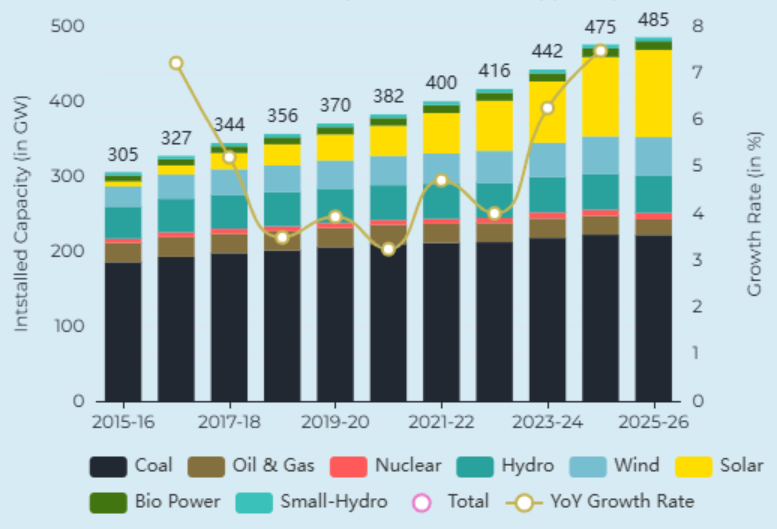
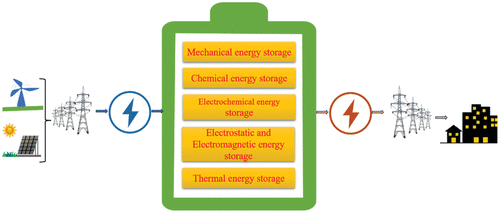
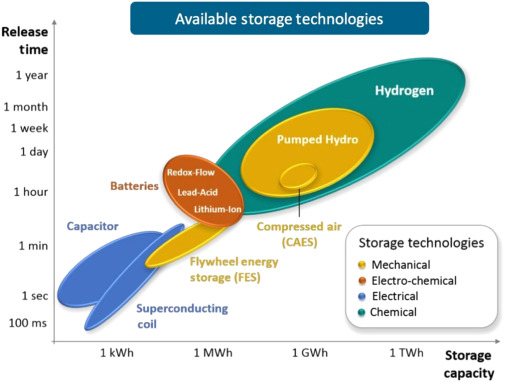
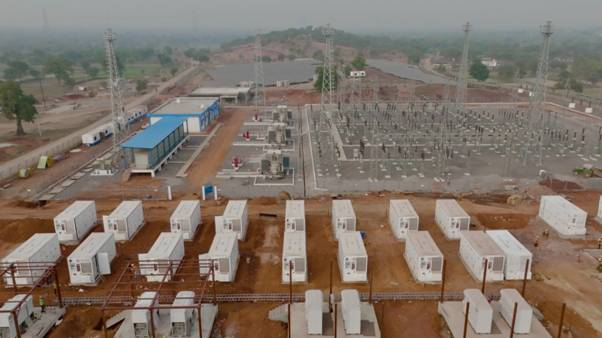
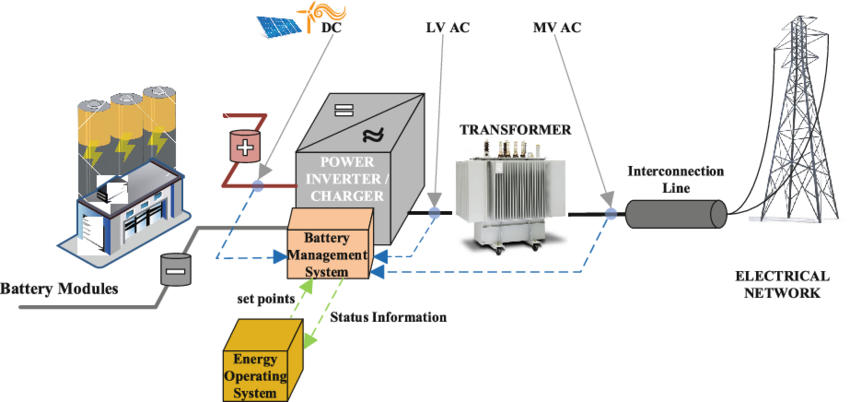
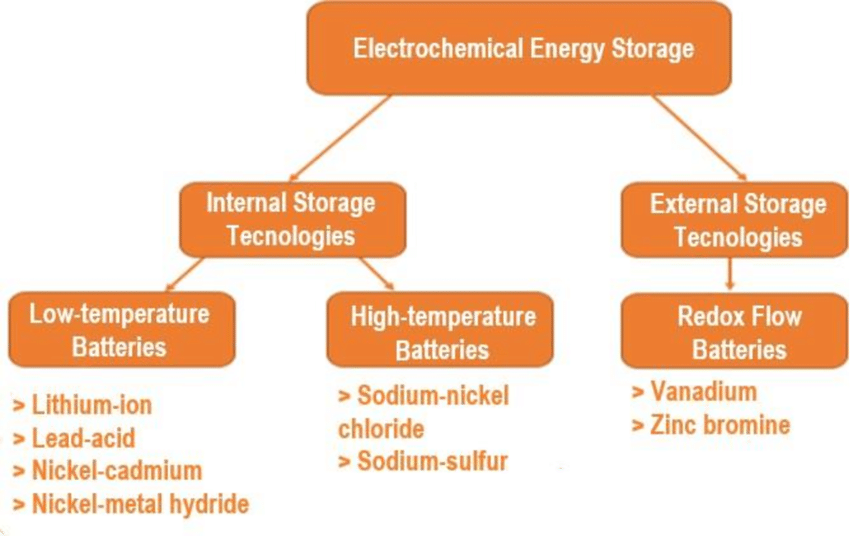
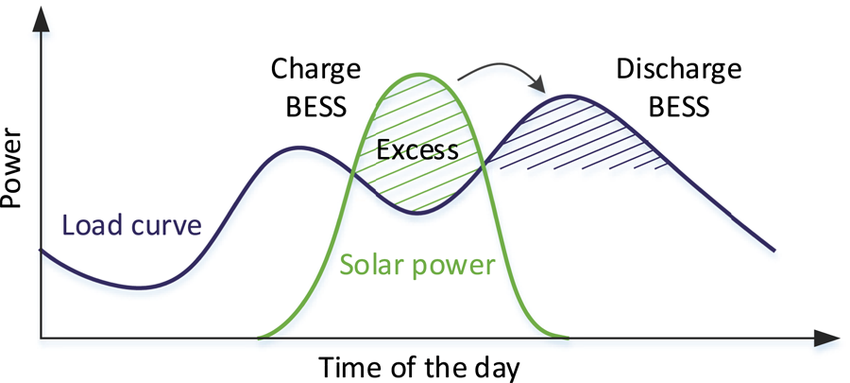
Add new comment